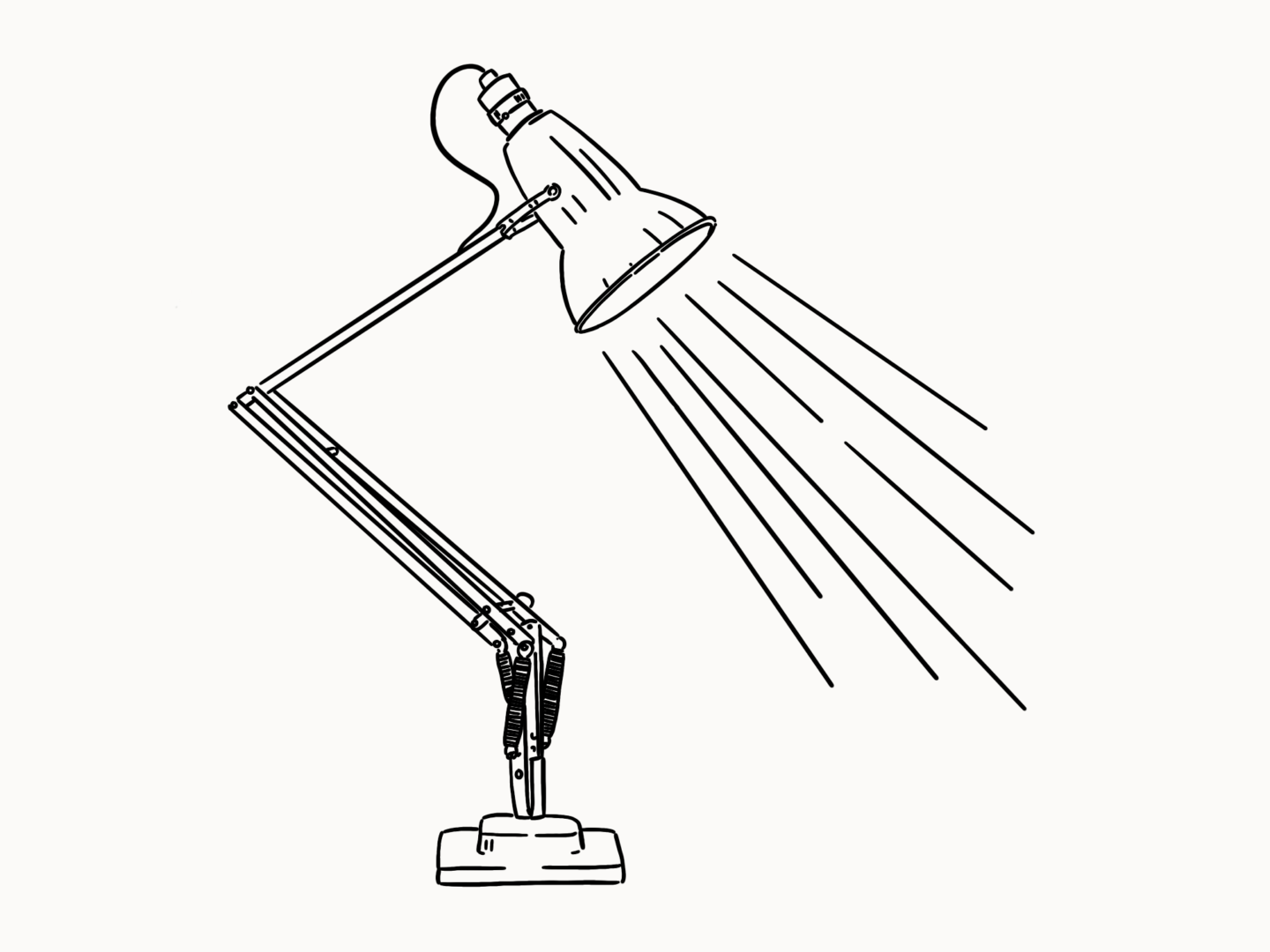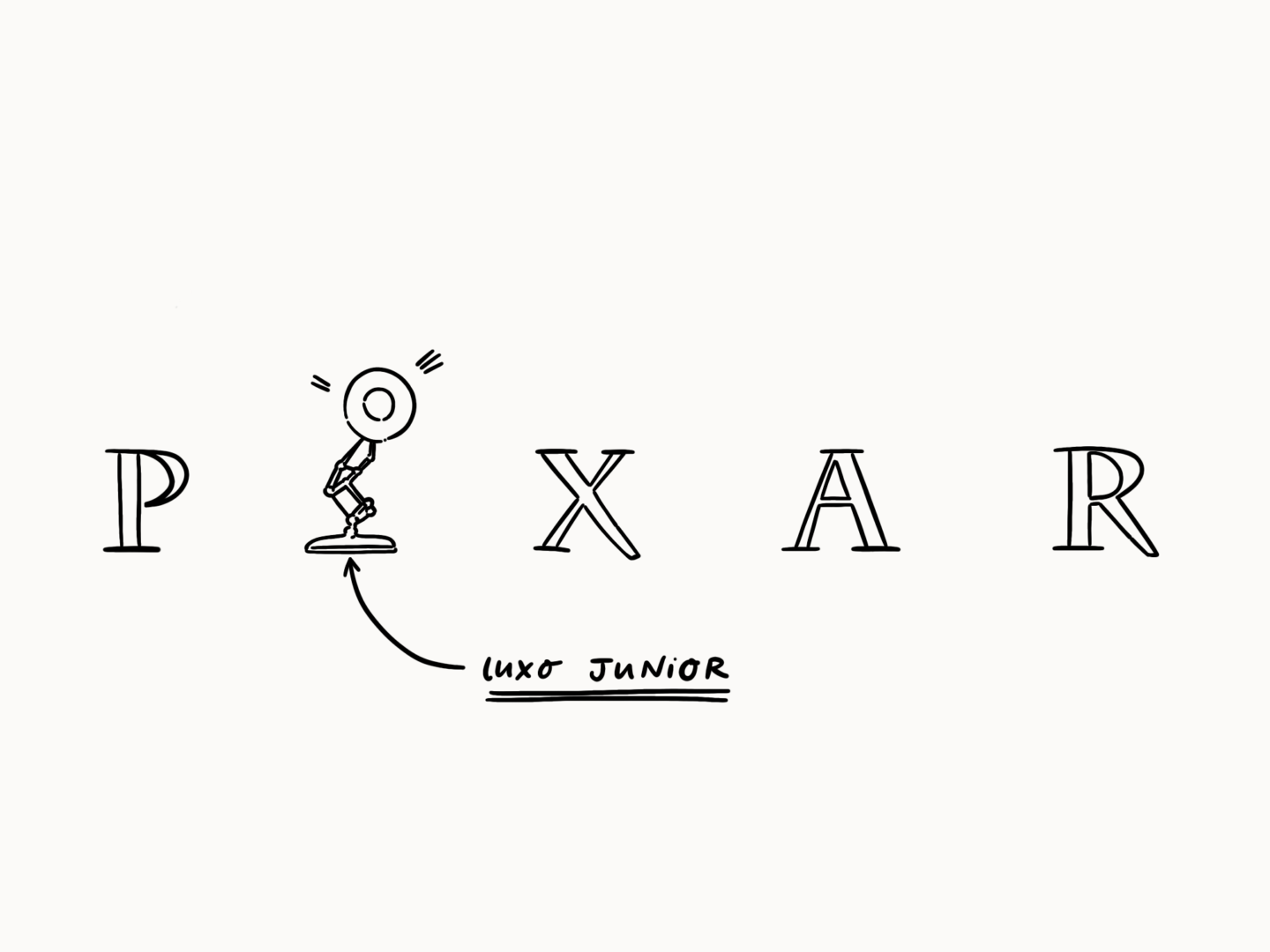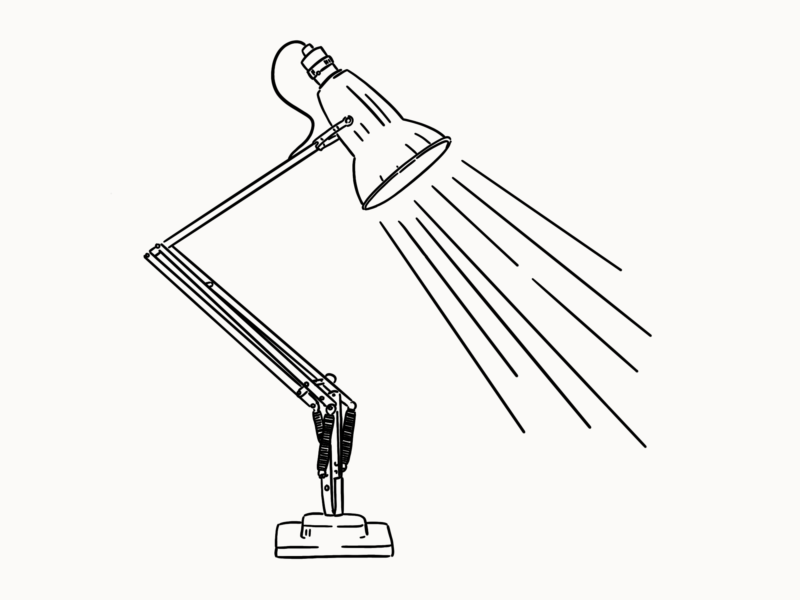Most of the design stories I share with you here begin with a clever person trying to solve a problem. Perhaps they want to satiate a young child’s impatience, help people cross the road, or just ensure workers trousers stay up, but they all have a purpose. That’s what design is right?
Today’s design story doesn’t start with a purpose, instead, it starts with play. An automotive engineer named George Carwadine lost his job when his company, the Hortsman Car Company, went bankrupt in 1931. Flush with time to himself, Carwadine did what any self-respecting tinkerer would do; he set up a workshop in his garden shed. For him, this career break was the perfect opportunity to play around with the theory of ‘constant tension’, balancing weights using springs, cranks and levers.
He had no purpose for his tinkering, he just wanted to see what he could make. What he made was a “supported and balanced by a sequence of springs, cams, levers and weights, [which] could be constantly repositioned”. This became the basis for the arm of a lamp, which could focus light in specific directions, yet remained perfectly balanced and stayed in the pose in which it was set.
“Soon after his discovery, Carwardine struck up a fruitful partnership with spring manufacturers Herbert Terry & Sons.” They worked together to develop the lamp. Their first port of call was to the Patent Office to protect their design. Carwadine wanted to call their lamp the ‘Equipoise’. But their application was rejected. Equipoise already existed. So with a bit of teamwork, Carwadine and Terry came up with Anglepoise.

This lamp was mainly intended for use as part of the war effort.
It was sold as a blackout companion. The Anglepoise’s closed shade and ability to direct light meant it could offer illumination without drawing wider attention. Plus it was compatible with low-voltage bulbs meaning it used very little energy. This idea of direct, low-voltage light was quickly adapted for bomber aircraft. One such lamp was found at the bottom of loch ness over 50 years later. With a new battery, it still worked. So I think we can safely add hard wearing to the list of the Anglepoise’s credits.
Due to the lamp’s popularity during the war, there was an appetite for a more domestic version. But there were two snags, the lamp was too large for homes and there was a fear that ladies’ hair would get caught in the springs. So, Carwadine and Terry simplified. They turned their four spring creation into a smaller 3 spring lamp. This was the 1227. That lamp is still being sold today. Most recently Paul Smith and Margaret Howell have added their own colourful spins on the design. But those 3 springs have remained the same.

But perhaps the Anglepoise’s greatest shining moment (humour me) was its personification in the two-minute film, Luxo Jr. Before Pixar was Pixar, they needed a way to show off their tech. So John Lasseter turned to what he could see on his desk, a Luxo-branded Anglepoise lamp:
The film that came out of that experiment, just like the lamp that inspired it has lived on. Those 13 seconds at the start of a Pixar movie are some of the most joyous you can spend at a cinema.
A life-saving light source, a design legacy, and immortalisation in film, perhaps tinkering away in your shed isn’t all that unproductive after all.


